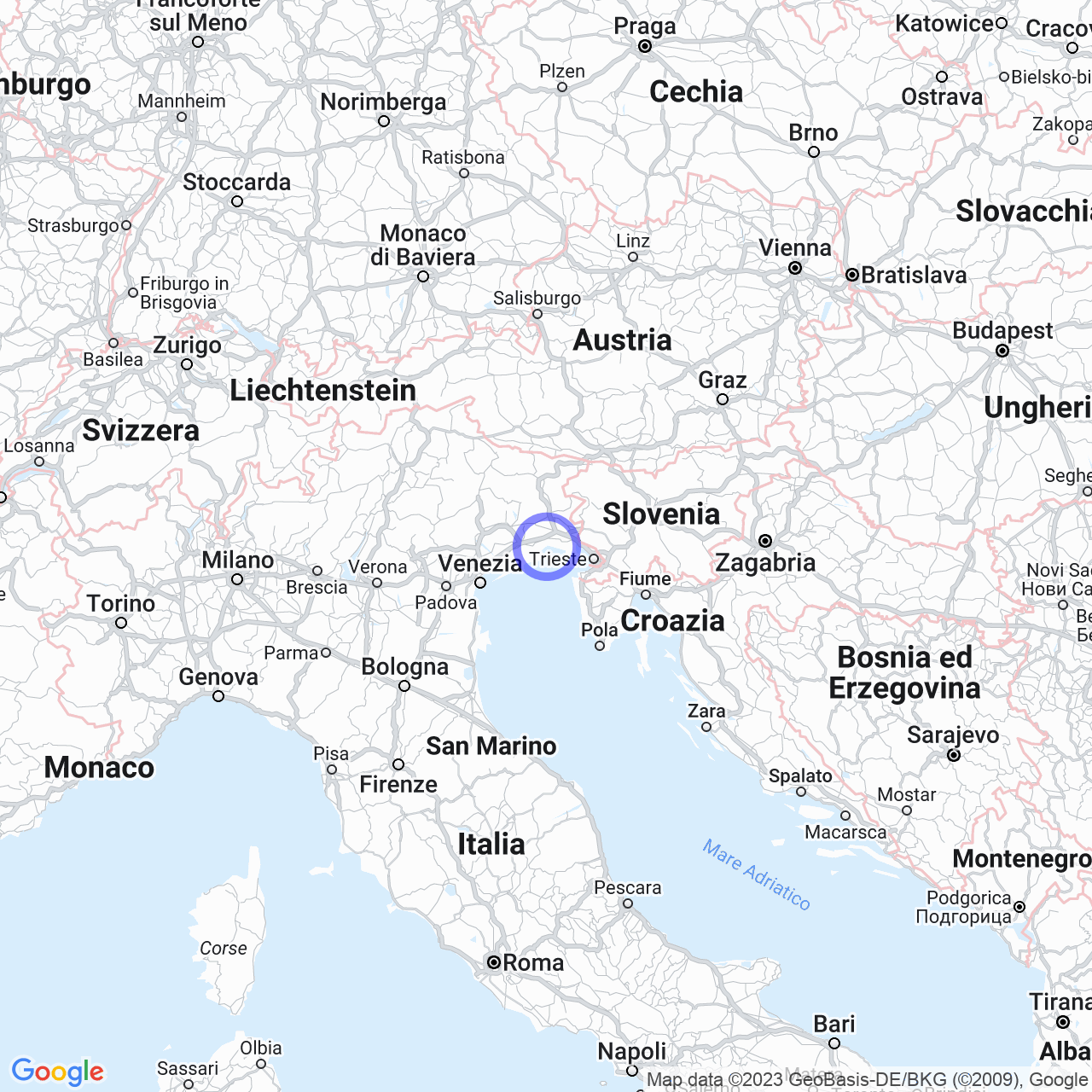Marano Lagunare
Discovering Marano Lagunare: its history and monuments
Marano Lagunare, also known as "Maran" in the Venetian and Friulian languages, is a municipality located in Friuli-Venezia Giulia with a population of about 1,750 inhabitants. The city has an ancient history, with influences from Rome and Venice, which can be seen in its monuments and architecture in the historical center.
The history of Marano Lagunare
Marano Lagunare has been inhabited since Roman times and its name derived from a gens, probably from Rome, sent to Aquileia to strengthen the colonization of the Aquileia agrarian lands after 169 BC. The name "praedium Mariani" means "Mariano's estate or farm" and is still remembered today by the ancient central square "Marii".
During the Synod of 590, Marano was chosen as a location, thanks to its thriving Christian community and necessary structures for the event. The location was contested by the Holy Roman Empire and the Republic of Venice in the early sixteenth century. It later passed definitively under the dominion of the Republic of Venice in 1543.
In 1866, the city passed under Italian domination, and various projects were planned at the end of the 19th century to transform Marano into an important Adriatic maritime port, all of which were aborted.

The monuments of Marano Lagunare
The historic fishing village of Marano Lagunare still preserves its history and maritime traditions. Fishing plays an important role in the economy and culture of the country, as can be tasted in its typically maritime cuisine.
The historical center of Marano is characterized by the presence of numerous buildings from the time of the Serenissima, such as the Loggia Maranese, a closed loggia with Istrian stone rustication, where the community gathered. Once above it stood the Palazzo Comunale, the seat of the main decisions but collapsed in the eighteenth century due to poor maintenance.
Next to the Loggia there is the so-called Millennial Tower, 32 meters high, of which the first records date back to 1066. This tower, once used for observation, was severely damaged by the earthquake of 1976, but the upper part was rebuilt.
The city also offers archaeological remains found in the lagoon, preserved in the Castle Museum of Udine and the Municipal Museum of Marano, where an interesting collection can be found.
The coat of arms and the banner
The coat of arms and the banner of the municipality of Marano Lagunare were granted by the decree of the President of the Republic in 2011. The banner is a yellow drapery.
Conclusions
Marano Lagunare is a municipality that still preserves its history and maritime traditions, with monuments that testify to its importance in the past, such as the Loggia Maranese and the Millennial Tower. The city also offers the opportunity to visit archaeological remains found in the lagoon in its museums.
